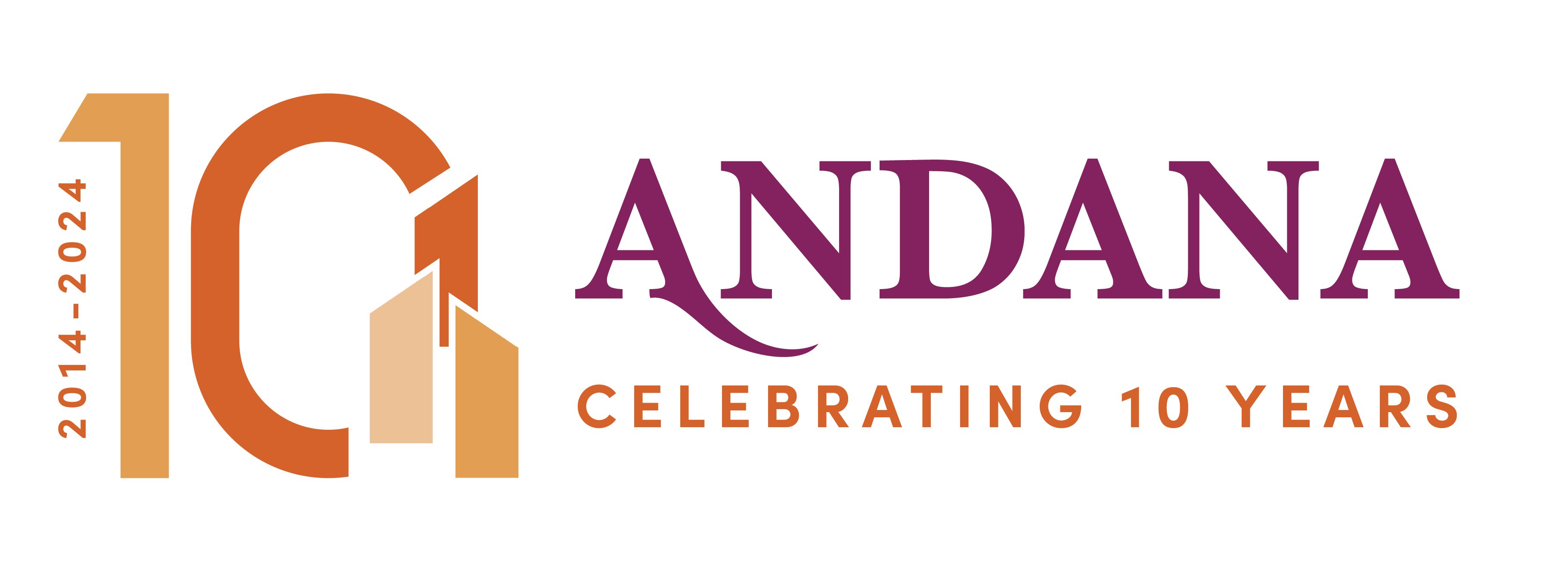As a marketing professional, you know that creating winning proposals is a crucial part of your success. Proposal preparation requires careful planning and organization to effectively communicate your ideas and solutions to potential clients. One tool that can greatly enhance your proposal preparation process is the use of storyboards. Storyboards are visual representations that help you outline your proposal content, structure, and flow in a visually engaging way. In this blog post, we will explore how you can use storyboards in your proposal preparation to create compelling and persuasive proposals that stand out from the competition.
What are Storyboards?
Storyboards are a visual storytelling technique that originated in the film and animation industry but has been adopted by various fields, including business proposal preparation. A storyboard typically consists of a series of panels or frames that visually depict the key components of a story, such as scenes, actions, and dialogue. Each panel is accompanied by a brief description or note that provides additional context or details.
How to Use Storyboards in Proposal Preparation
- Outline Your Proposal: Before you start creating your storyboard, it’s essential to have a clear outline of your proposal’s content and structure, aligned with the organization required by the RFP. This includes identifying the key sections, themes, and messages that you want to convey. Once you have a well-organized outline, you can use it as a roadmap for your storyboard.
- Create Visual Panels: Using a whiteboard, a flip chart, digital tools, or even simply a word document, create panels/documents for each section or key element of your proposal. Each panel should have a clear and concise visual representation of the content you want to convey. You can use icons, images, diagrams, or simple sketches to visually depict your ideas. Make sure that your visuals are aligned with your proposal’s branding and messaging to create a consistent and professional look.
- Add Descriptive Notes: Alongside each panel, include brief descriptions or notes that provide additional context or explanations for the visuals. These notes should be concise and focus on the key messages or ideas you want to convey. Use bullet points or short sentences to keep the notes clear and easy to understand.
- Review and Refine: Once you have created your initial storyboard, review it carefully to ensure that it flows logically and effectively communicates your proposal’s main ideas. Check for consistency in visual elements, messaging, and overall structure. Refine your storyboard based on feedback from colleagues or other stakeholders to ensure that it aligns with your proposal’s goals and objectives.
- Use During Proposal Creation: Once your storyboard is finalized, you can use it as a reference tool during the proposal creation process. It can serve as a guide to help you organize your content, ensure consistency, and maintain a coherent flow. You can also use your storyboard to visually present your proposal during meetings or presentations to enhance your communication and engagement with your audience.
Benefits of Using Storyboards in Proposal Preparation
Using storyboards in your proposal preparation process offers several benefits, including:
- Enhanced Communication of Win Themes: Storyboards provide a visual and concise way to communicate complex ideas and proposals. They help you convey your win theme messages in a compelling and engaging manner, making it easier for your audience to understand and remember your proposal.
- Improved Organization: Storyboards allow you to organize your proposal content in a structured and logical manner. They help you visualize the flow of your proposal, ensuring that it has a clear and coherent structure.
- Consistency and Branding: Storyboards help you maintain consistency in your proposal by aligning your visuals, messaging, and branding. This creates a polished and professional look, enhancing your proposal’s credibility and impact.
- Collaboration and Feedback: Storyboards can be used as collaborative tools, allowing you to gather feedback from colleagues or other stakeholders. This helps refine the proposal content, streamlines reviews because stakeholders agree on the organization from the start, and allows writers to focus on creating a stronger messaging for your audience.
- Time and Cost Efficiency: Using storyboards can save you time and effort in the proposal preparation process. They help you visualize and plan your proposal content upfront, reducing the need for extensive revisions or rework later on. Storyboards also provide an effective way to create visually appealing proposals, by planning graphics, tables, and images in advance.
Storyboards are a powerful tool that can greatly enhance your proposal preparation process. They help you organize your proposal content, visually communicate your ideas, and maintain consistency in messaging and branding. By using storyboards, you can create compelling and persuasive proposals that stand out from the competition, engage your audience, and increase your chances of winning new business. So, next time you’re preparing a proposal, consider incorporating storyboards into your process and experience the benefits of visual storytelling in your proposal development efforts. Happy storyboarding!
